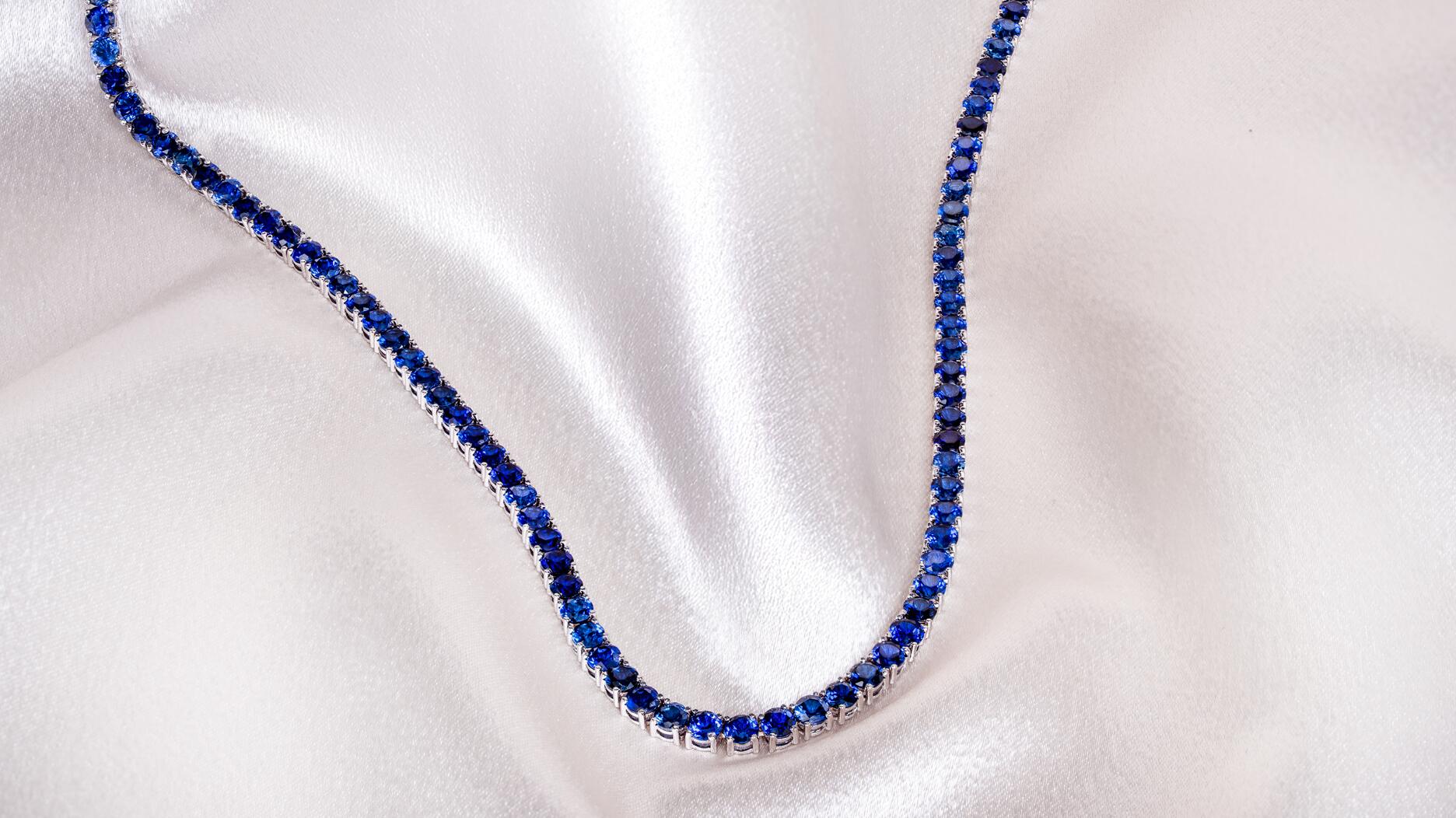Set in a Tiffany & Co. necklace, it sold for $4.2 million, the highest price and price per carat paid for a Paraíba tourmaline at auction.
Rocky talk with Imogen Belfield
English designer Imogen Belfield and her chunky, gold nugget-esque designs were one of the standouts for me in Las Vegas last year, and I have been thinking about her Rock Cluster necklace since then.
Why didn’t I just get one when I was there?
But, no matter now; I’ll have a chance to redeem myself in a couple of weeks when the British designer returns to Las Vegas, exhibiting again in Stephen Webster’s Rock Vault at Couture.
Prior to the show madness, Belfield took the time to chat with me via Skype about her favorite gemstones, refining her collection for her second Couture show, other designers she admires and why she finds Las Vegas to be an otherworldly place.
Q: The word I would use to describe your jewelry is organic.
Imogen Belfield: It’s absolutely organic. That’s the core of the collection. Even in terms of the development … the process involved in creating the collection is organic.
Q: Can you tell me more about what goes into making your jewelry?
IB: Everything is made in house, in London. All the materials are sourced locally. It’s very much about utilizing local craftsmen in terms of the processes. I do a lot of mold-making, carving, sculpting in alginate--it’s actually what dentists make to use molds--and wax as well. A lot of carving techniques go into these metals.
I do lots of casting, soldering, annealing, interesting takes on stone setting. I might take a gemstone that might be anything from black diamond to topaz and I'll set it in a not conventional way--a weird or precarious angle, upside down, back to front–in a way that has a synthesis with the very organic nature of my jewelry.
[caption id="attachment_2287" align="alignleft" width="391"]
Q: Please tell me more about your background as a sculptor.
IB: From the age of about 13, that’s when I specialized in art. Everything I created was big, big sculptures cast in plaster or made using paper-mâché and big steel frame structures. I went to art school for a year when I was 18 in Cornwall, in southwest England. (Sculptors) Henry Moore, Barbara Hepforth, they were based there during their careers. As an area it’s got an amazing kind of artistic heritage. For me it was an amazing place to be and that’s where my sculpting took a turn into metal work. From the large metal work forms, (I saw) how that could connect to fashion and jewelry.
(After that) I trained for three years in London, did my BA in jewelry design.
Q: Have you
IB: I absolutely was lucky enough to be sort of influenced by beautiful objects from my grandparents and handed down pieces, when they were still alive and since they passed as well. For me I was never able to wear a piece (just as it was given to me). If I was given a brooch I wanted to string it onto a gritty, chunky chain. I have this real love of dressing up whether it’s in clothes or jewelry. I was always looking at different ways in which you could take something so traditional and turn it into something new.
I also was very influenced by my dad. He’s got a big passion for antique silver. It’s that appreciation for something that can last so many generations [from] an era when things were less disposable than they are now.
Q: Is that why you like jewelry, because of its permanent nature?
IB: I think that’s also why I chose jewelry over fashion. There’s something about something that’s made out of molten metal. It will last ages, it will last years. If you look even back to Pompeii these are these beautiful brass coins and beautiful jewelry that survived; knowing it (jewelry) will still exist. It won’t be easily destroyed.
Q: Who are the jewelry designers you admire?
IB: I am a big fan of Shaun Leane. I love his work. Kara Ross, I love her collection, love her use of the big gemstones, and also Alexis Bittar. He’s been really, really clever with his use of gemstones but there’s still an element of fashion jewelry about him because of the scale and because of his use of resin and color. He’s got some work … in London. I love checking him out and seeing his latest work.
[caption id="attachment_2289" align="alignright" width="377"]

Q: What materials you are working in now?
IB: I love working in palladium. I also work a lot in 22-karat gold because it’s got a lovely softness and I much prefer the color, (plus) silver, rose gold and then I’ve done some sort of big sculptural fashion pieces, one of which I am going to bring to the (Couture) show. It’s made in bronze and copper chain, 22-karat gold but the vast majority is all hand-sculpted bronze. It’s going to be half the weight of my entire luggage.
I am also working in precious stones as well--black diamonds and smoky quartz. I love the smoky kind of brown, gold-colored tones. They set off my jewelry well. They also retain that rich, organic, nuggety look.
Q: Last year was your first trip to Las Vegas. What did you think?
IB: It’s wild. It certainly left an impression. It’s like being transported to another planet because you are surrounded by desert you feel like you are in this fantasy-land bubble and you just have to immerse yourself and just go with it and embrace it.
Q: What will be new from you at the Couture show this year?
IB: It’s still going to be what I call the English Rock Garden in Vegas. It's still going to have the organic look but with more use of gemstones, like the smoky quartz and the black diamonds. It’s going to be (more gemstone intense).
I guess that’s something I learned from last year. The press really took to the jewelry because it’s so photogenic and it’s so bold. Buyers loved it also, but they wanted to see something like that but perhaps a little finer for their market. It’s still going to have the same style but with the introduction of more precious stones and slightly finer.
Q: By slightly finer do you more delicate or incorporating more precious materials?
IB: More delicate but also with the introduction of more gemstones. It’s still going be rock-esque but more delicate bracelets with sort of finer nuggets and drop earrings and maybe a few … chain headpieces as well.
Q: What will be the retail price points at this year’s show?
IB: My main line will be the same, retail starts at around $150 up to around $3,000. The fine collection will be the next tier above that, $300 entry point up to around $5,000. I don’t want to lose my customers, even though I know it’s important to find a new audience as well. I don’t know want to alienate them.
[caption id="attachment_2288" align="aligncenter" width="345"]

Q: How many doors are in you in the United States right now?
IB: I’ve got two main stockers, Flat 128 in New York. The other stockist is Reinhold Jewelers in Puerto Rico.
Q: Do you have a goal for the show?
IB: Definitely. I really feel like last year, it was the introduction. I feel like it’s so important to show your brand for a second year. It shows you’re serious, you’re not going anywhere. For me it’s meeting with my existing stockists and hopefully following up on all the amazing contacts I made last year. I have my wish list, I have stockists in my mind I would love to work with.
The Latest

The jeweler’s “Deep Freeze” display showcases its iconic jewelry designs frozen in a vintage icebox.

Take luxury gifting to new heights this holiday season with the jeweler’s showstopping 12-carat sphene ring.

How Jewelers of America’s 20 Under 40 are leading to ensure a brighter future for the jewelry industry.

This year's theme is “Unveiling the Depths of the Ocean.”


In its annual report, Pinterest noted an increase in searches for brooches, heirloom jewelry, and ‘80s luxury.

Starting Jan. 1, customers can request the service for opal, peridot, and demantoid garnet.

Roseco’s 704-page catalog showcases new lab-grown diamonds, findings, tools & more—available in print or interactive digital editions.

The 111-year-old retailer celebrated the opening of its new location in Salem, New Hampshire, which is its third store in the state.

The new catalog features its most popular chains as well as new styles.

The filmmaker’s personal F.P. Journe “FFC” prototype was the star of Phillips’ recent record-setting watch auction in New York.

The new location in the Design District pays homage to Miami’s Art Deco heritage and its connection to the ocean.

Inflations, tariffs, and politics—including the government shutdown—were among consumers’ top concerns last month.

“Longtime favorite” presenters, as well as first-time speakers, will lead talks and workshops at the annual event in Tucson next year.

Silas Smith of Meridian Metalworks won the challenge with his pendant that blends Australian and American landscapes.

The sale of the 31.68-carat, sunset-hued stone was part of Sotheby’s first series of events and auctions in Abu Dhabi.

Most customers who walk into your store this month have made up their minds. Your job is to validate their choice, Emmanuel Raheb writes.

The collection features characters and motifs from Ukrainian folklore, including an enchanted mirror and a magic egg.

MatrixGold 3.11, the newest version of the jewelry design program, offers more flexibility, precision, and creative control.

The pavilion will be part of the 2026 JA New York Spring show, scheduled for March 15 to 17.

Kadet, a 1994 National Jeweler Retailer Hall of Fame inductee, helped grow the family-owned retailer in the Chicago area and beyond.
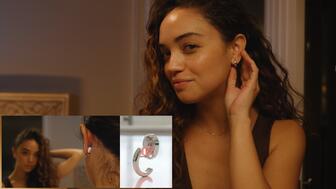
Billed as the world’s smallest wearable, Lumia Health’s new smart earrings have a health tracker subtly embedded in the back.
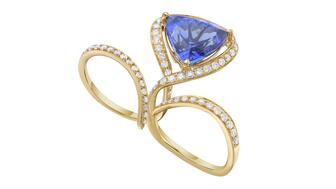
Don’t let those with December birthdays feel blue. Help them celebrate their month with blue zircon, turquoise, and tanzanite.
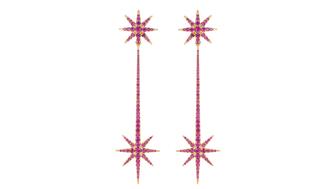
The new pink sapphire version of the piece dances with its wearer in the brand’s “Icons After Dark” holiday campaign.

A choice that’s generated a lot of commentary, Pantone says “Cloud Dancer” marks a fresh start and encourages relaxation and creativity.

The manufacturer’s holiday campaign features a gift guide filled with trending designs and jewelry that can be personalized.
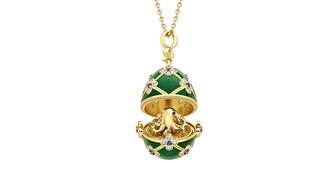
The man was charged with theft, accused of ingesting the necklace while in a jewelry store in Auckland, New Zealand.









